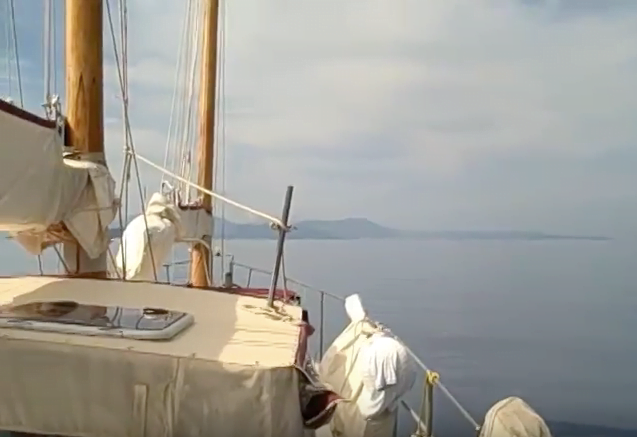The History of the Lefkas Canal Bridge
The Lefkas Canal Bridge, located in the Ionian Sea, connects the island of Lefkada to mainland Greece. Its history is rich and intertwined with the development of the region, reflecting advancements in engineering and the strategic importance of Lefkada throughout the centuries.
Ancient Beginnings
The history of the Lefkas Canal dates back to ancient times. Lefkada, once known as Leucas, was connected to the mainland by a narrow isthmus. The Corinthians, recognizing the strategic maritime significance of the area, undertook the first major engineering project around 600 BCE to create a navigable channel. This early version of the canal allowed ships to bypass the treacherous circumnavigation of the island, facilitating safer and faster travel. However, this initial attempt was rudimentary, relying on manpower and primitive tools.
The Middle Ages and Ottoman Era
During the Byzantine period and the subsequent Venetian rule, the canal fell into disuse and was neglected. The strategic importance of Lefkada persisted, as it lay on the critical trade routes between the East and the West. However, it was not until the Ottoman era that efforts to reopen and maintain the canal were revitalized. The Ottomans, who ruled the region from the late 15th century, recognized the canal’s potential for both military and commercial purposes.
Modern Engineering Efforts
The 19th and early 20th centuries saw significant efforts to modernize the Lefkas Canal. The Greek state, recognizing the economic and strategic benefits of a functional canal, undertook extensive engineering projects. In 1903, a major reconstruction effort was launched to deepen and widen the canal, allowing for larger vessels to pass through. This period also saw the construction of the first iteration of the Lefkas Canal Bridge, a simple yet functional structure that allowed for both maritime passage and vehicular traffic.
The Swing Bridge Era
In the mid-20th century, the growing importance of vehicular traffic and the need for a more reliable and efficient bridge led to the construction of a swing bridge. This bridge, which could pivot to allow ships to pass and then swing back into place for road traffic, represented a significant advancement in engineering. The swing bridge was operational for several decades, becoming a crucial link between Lefkada and the mainland.
The Modern Era
As technology and engineering capabilities advanced, the need for a more modern and efficient solution became apparent. In 1980, a new floating bridge was constructed, designed to accommodate increasing traffic demands and larger maritime vessels. This modern iteration of the Lefkas Canal Bridge featured improved materials, engineering techniques, and safety measures. The floating bridge, which is hydraulically operated, can retract to allow ships to pass and then extend back into place for vehicles.
Strategic and Cultural Significance
Throughout its history, the Lefkas Canal Bridge has been more than just an infrastructural element; it has been a symbol of the region’s strategic importance and engineering prowess. It facilitated trade, military movements, and cultural exchanges, playing a pivotal role in the economic and social development of Lefkada and the surrounding areas.
Conclusion
The Lefkas Canal Bridge stands as a testament to human ingenuity and the enduring strategic significance of Lefkada. From its ancient beginnings to its modern incarnation, the bridge has evolved to meet the changing needs of the region. Today, it continues to serve as a vital link, connecting the island to the mainland and supporting the vibrant life and economy of Lefkada.





